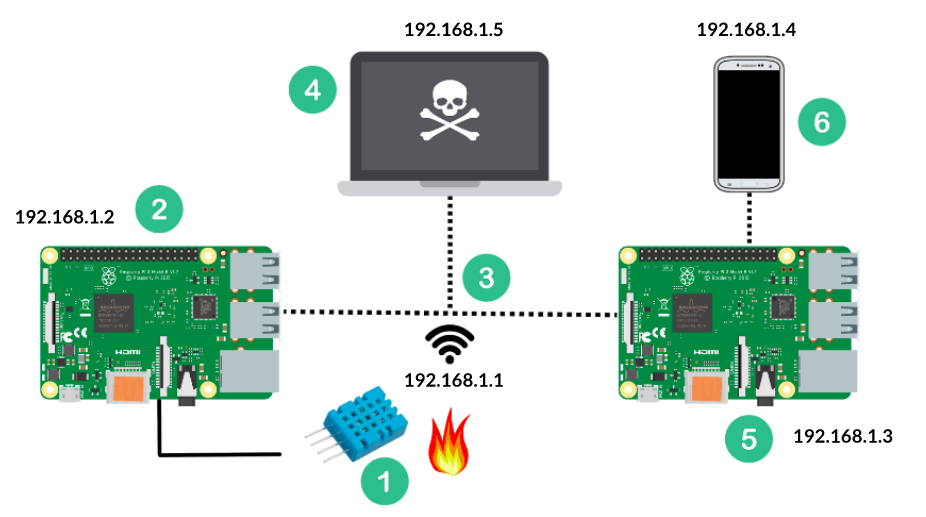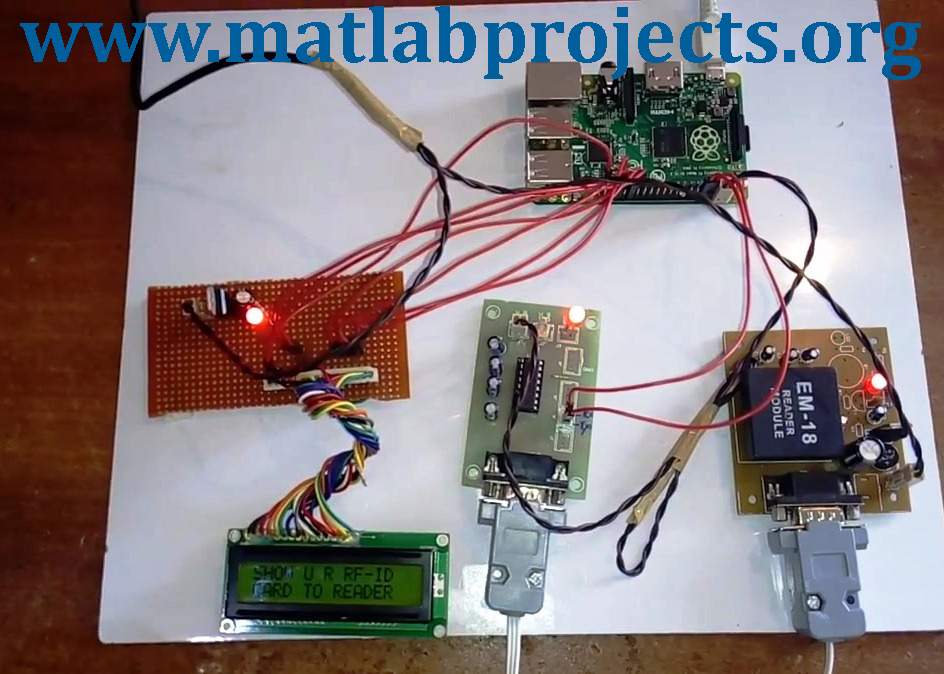SSH Raspberry Pi IoT projects have become increasingly popular among tech enthusiasts and hobbyists alike. If you're new to the world of Internet of Things (IoT) and want to dive into hands-on projects using Raspberry Pi, this guide is perfect for you. Whether you're setting up a smart home system or building a weather station, SSH can simplify remote access and control of your devices.
As technology continues to evolve, Raspberry Pi has emerged as a versatile platform for beginners and professionals alike. With its affordability and ease of use, it's an excellent starting point for IoT enthusiasts. This article will walk you through various beginner-friendly SSH Raspberry Pi IoT projects, offering detailed instructions and valuable tips to help you get started.
This guide is designed to provide you with practical knowledge and step-by-step instructions to bring your IoT ideas to life. By the end of this article, you'll have a solid understanding of how SSH works, how it can enhance your Raspberry Pi projects, and how to implement it effectively. Let's get started!
Read also:Rafael Silva Husband Unveiling The Life And Love Of A Talented Brazilian Artist
Table of Contents
- Introduction to SSH
- Raspberry Pi Overview
- IoT Basics
- Why Use SSH for IoT Projects?
- Setting Up SSH on Raspberry Pi
- Beginner-Friendly SSH Raspberry Pi IoT Projects
- Best Practices for SSH and IoT Projects
- Troubleshooting Common Issues
- Resources and Tools
- Conclusion
Introduction to SSH
SSH, or Secure Shell, is a cryptographic network protocol that facilitates secure communication between devices over an unsecured network. It's widely used for remote access to servers and devices, such as Raspberry Pi, ensuring data transmission is encrypted and secure. For beginners exploring SSH Raspberry Pi IoT projects, understanding SSH basics is crucial.
SSH not only enhances security but also simplifies management tasks, allowing users to control their devices remotely without physical access. This feature is particularly beneficial for IoT projects, where devices may be located in hard-to-reach areas or deployed in remote locations.
Raspberry Pi Overview
Raspberry Pi is a compact, affordable single-board computer designed to promote learning about computer science and programming. Its versatility and compatibility with various peripherals make it an ideal platform for IoT projects. Beginners can leverage Raspberry Pi's capabilities to build innovative solutions ranging from home automation to environmental monitoring.
Key Features of Raspberry Pi
- Compact and lightweight design
- Supports multiple programming languages
- Rich set of GPIO pins for interfacing with sensors and actuators
- Compatible with a wide range of operating systems
IoT Basics
The Internet of Things (IoT) refers to the interconnection of physical devices via the internet, enabling them to collect and exchange data. IoT projects typically involve sensors, actuators, and communication protocols to create intelligent systems. SSH plays a vital role in IoT by providing secure access to these devices, ensuring data integrity and protection against unauthorized access.
Why Use SSH for IoT Projects?
Using SSH in IoT projects offers several advantages:
- Security: Encrypts data transmissions, safeguarding sensitive information.
- Remote Access: Enables users to control devices from anywhere in the world.
- Automation: Facilitates scripting and automation of repetitive tasks.
- Efficiency: Simplifies device management and troubleshooting.
Setting Up SSH on Raspberry Pi
Setting up SSH on Raspberry Pi is straightforward. Follow these steps to enable SSH on your device:
Read also:Exploring Mkv Movie Cinema The Ultimate Guide To Mkv Format In Film
- Connect your Raspberry Pi to a monitor, keyboard, and mouse.
- Power on the Raspberry Pi and log in to the operating system.
- Open the terminal and type the following command to enable SSH:
sudo raspi-config - Navigate to "Interfacing Options" and select "SSH".
- Choose "Enable" and reboot your Raspberry Pi.
Beginner-Friendly SSH Raspberry Pi IoT Projects
Project 1: Smart Light Control
Create a smart lighting system using Raspberry Pi and SSH. This project involves connecting LED bulbs to GPIO pins and controlling them remotely via SSH commands. You can schedule lights to turn on/off automatically or control them manually from a remote location.
Project 2: Weather Station
Build a weather station using Raspberry Pi, sensors, and SSH. Collect data such as temperature, humidity, and atmospheric pressure, then transmit it to a remote server for analysis. SSH ensures secure data transfer and remote access to the weather station.
Project 3: Home Security System
Develop a home security system using Raspberry Pi, motion sensors, and SSH. Configure the system to send alerts and capture images when motion is detected. Use SSH to monitor and manage the system remotely, enhancing your home's security.
Best Practices for SSH and IoT Projects
To ensure successful SSH Raspberry Pi IoT projects, follow these best practices:
- Use strong, unique passwords for SSH access.
- Enable two-factor authentication for added security.
- Regularly update your Raspberry Pi's operating system and software.
- Document your project steps and configurations for future reference.
Troubleshooting Common Issues
Encountering issues while working on SSH Raspberry Pi IoT projects is common. Below are some common problems and their solutions:
- SSH Connection Refused: Ensure SSH is enabled and the Raspberry Pi's IP address is correct.
- Slow Data Transfer: Optimize your network settings and reduce data load.
- Device Unreachable: Check your internet connection and firewall settings.
Resources and Tools
Here are some valuable resources and tools to enhance your SSH Raspberry Pi IoT projects:
- Raspberry Pi Foundation: Official website for Raspberry Pi documentation and tutorials.
- Python: A popular programming language for IoT projects.
- HTML: Useful for creating web interfaces for IoT devices.
Conclusion
SSH Raspberry Pi IoT projects offer endless possibilities for beginners and experienced makers alike. By leveraging SSH, you can securely manage and control your IoT devices, paving the way for innovative solutions. This guide has provided you with essential knowledge and practical tips to embark on your IoT journey.
We encourage you to share your experiences, ask questions, or suggest new project ideas in the comments below. Don't forget to explore other articles on our website for more insights into the world of IoT and Raspberry Pi. Happy building!


